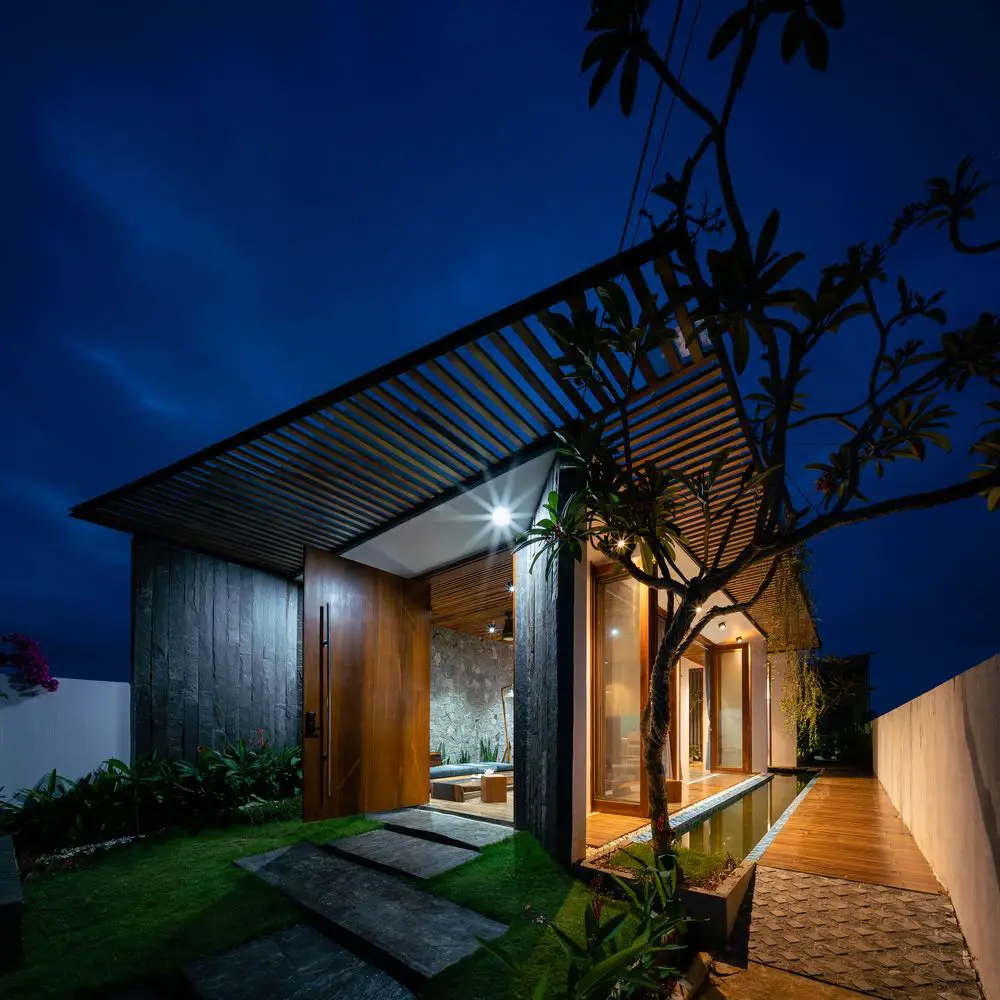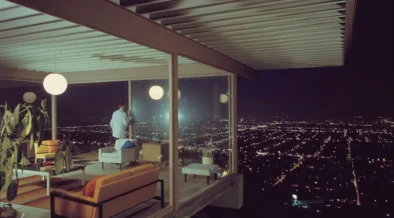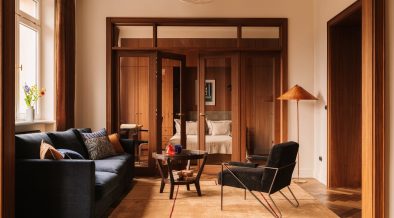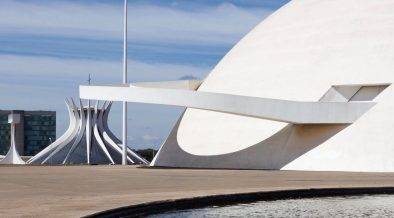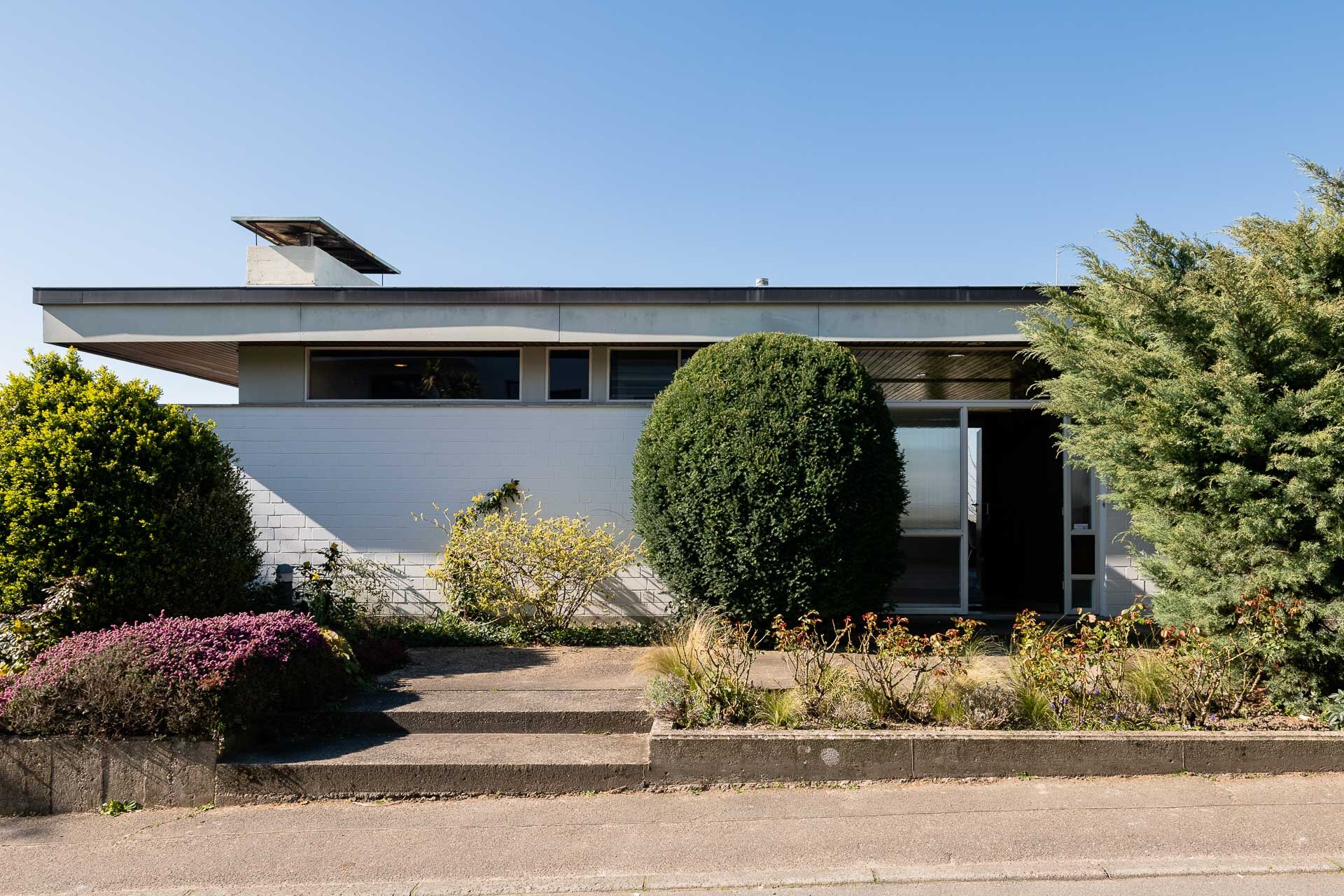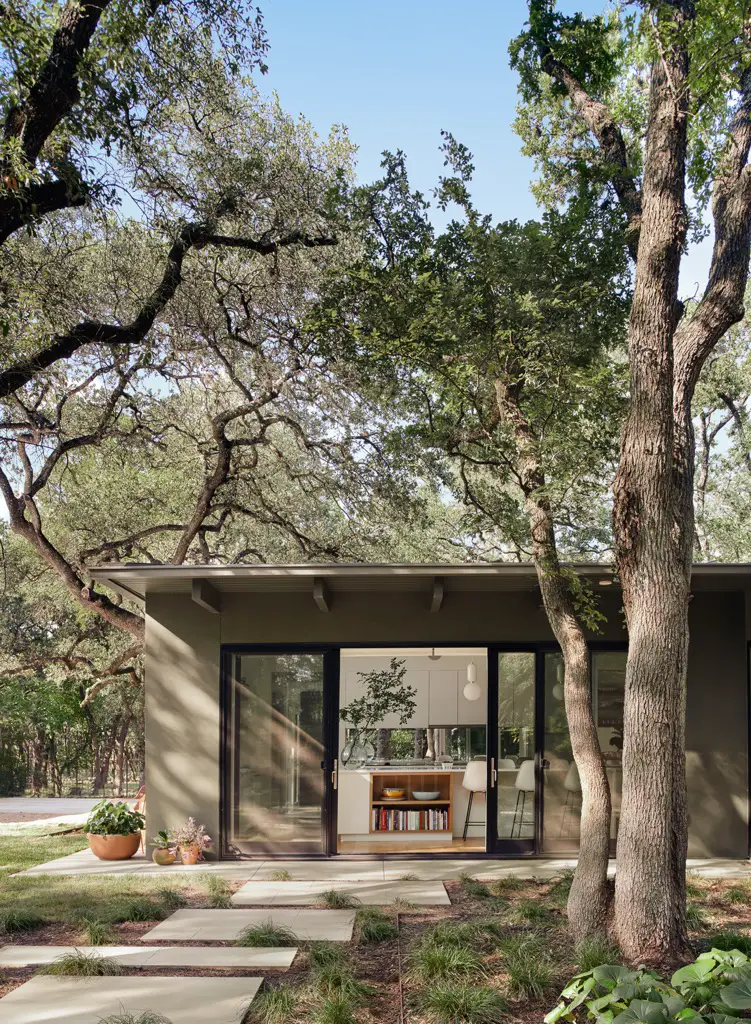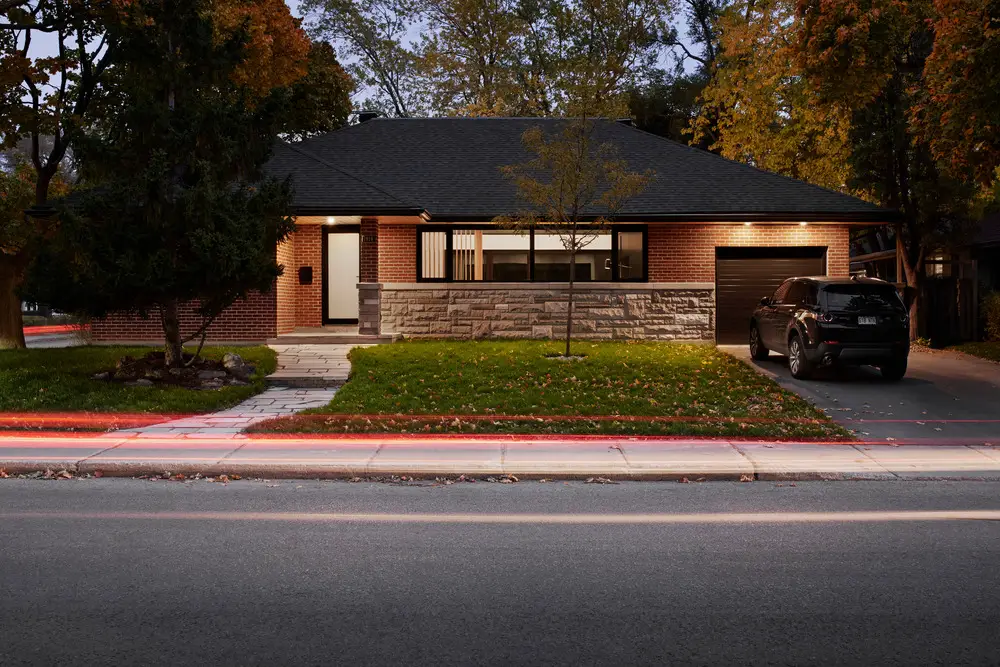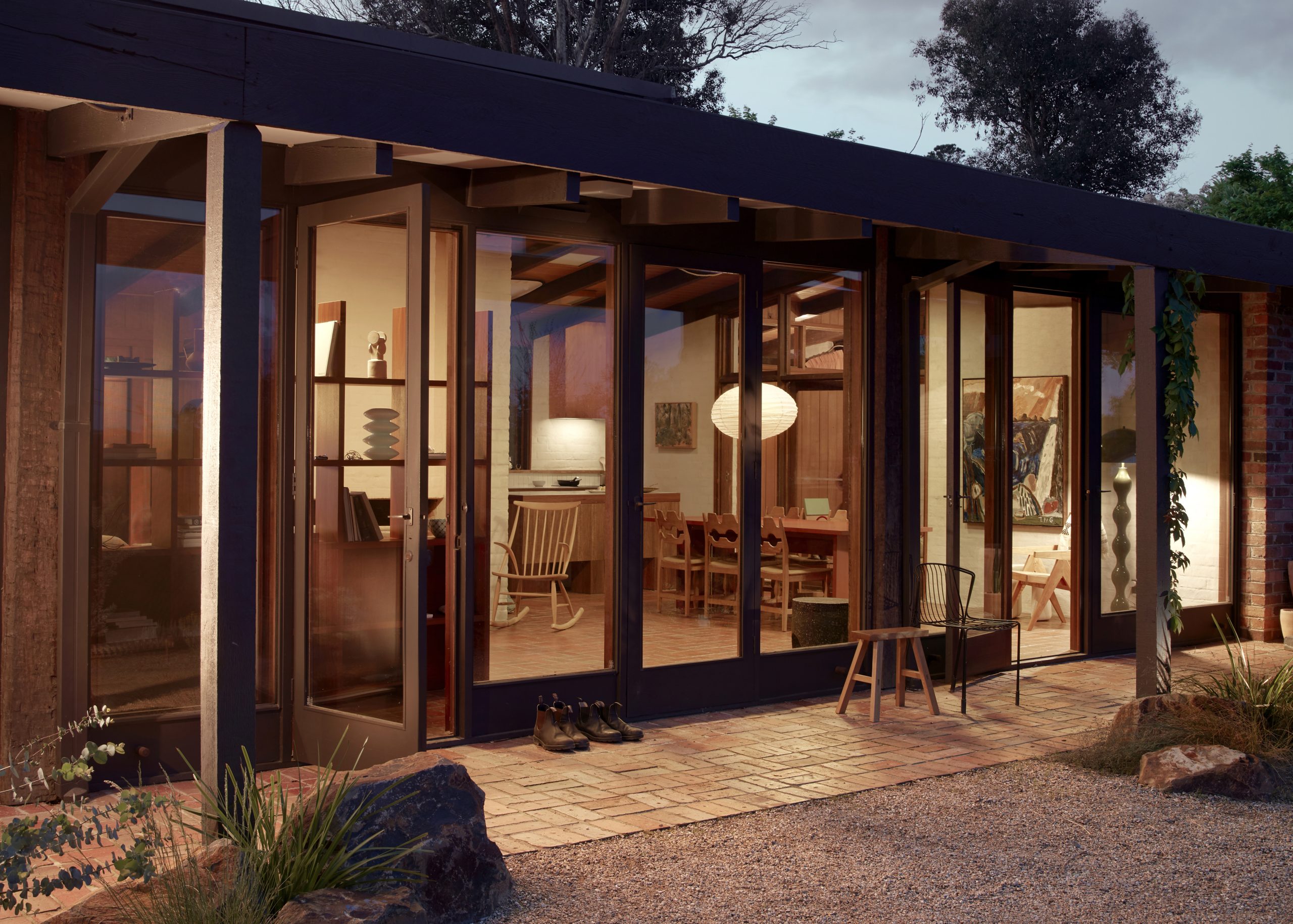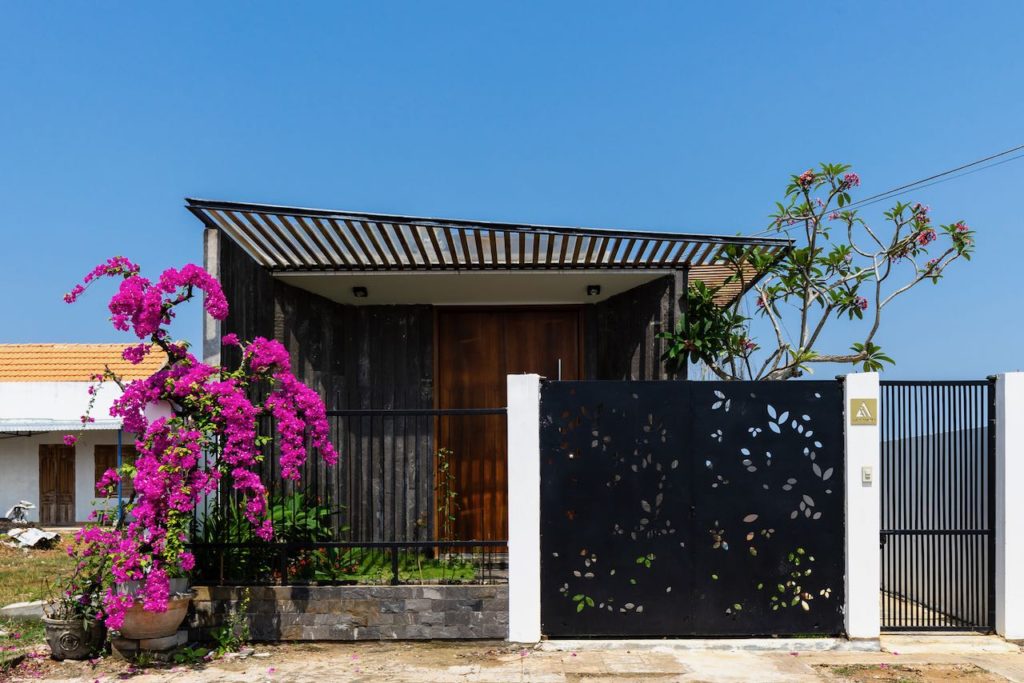
Located in the typhoon prone territory in Tam Anh, Nui Thanh, Quang Nam, Vietnam, the “water house”, designed by CIA Design Studio, celebrates the challenge of adapting to dynamic climate changes.
The house, which is situated in a resettlement area, gave the clients an interesting design challenge – how do you build your dream home which adapts to all features of the climate? They approached local firm CIA Design Studio, a small Vietnamese firm that specializes in residential architecture.
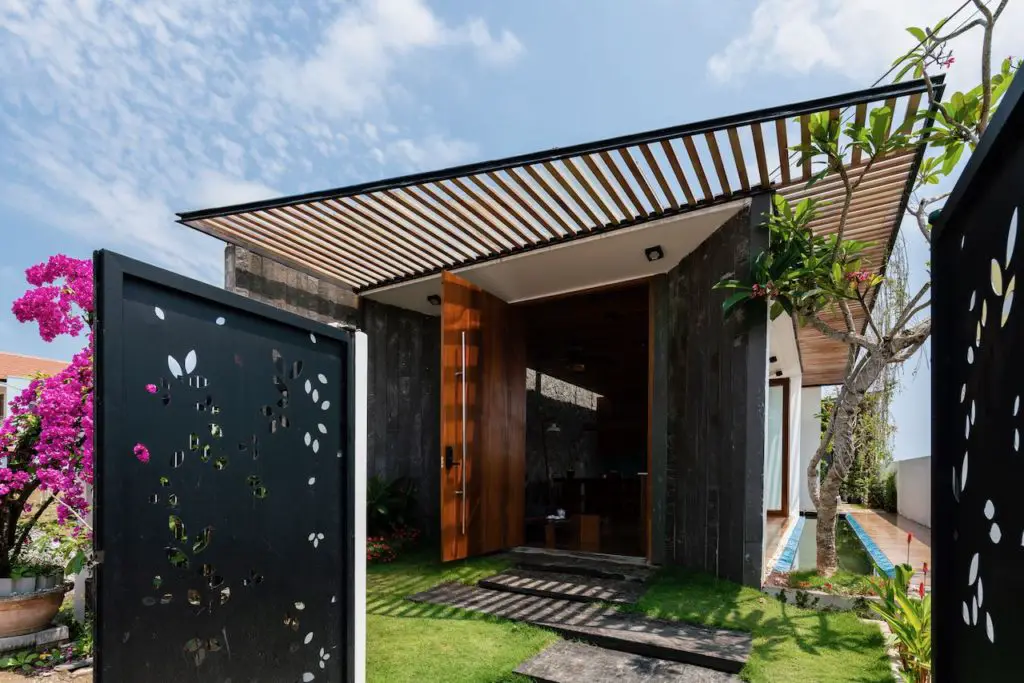
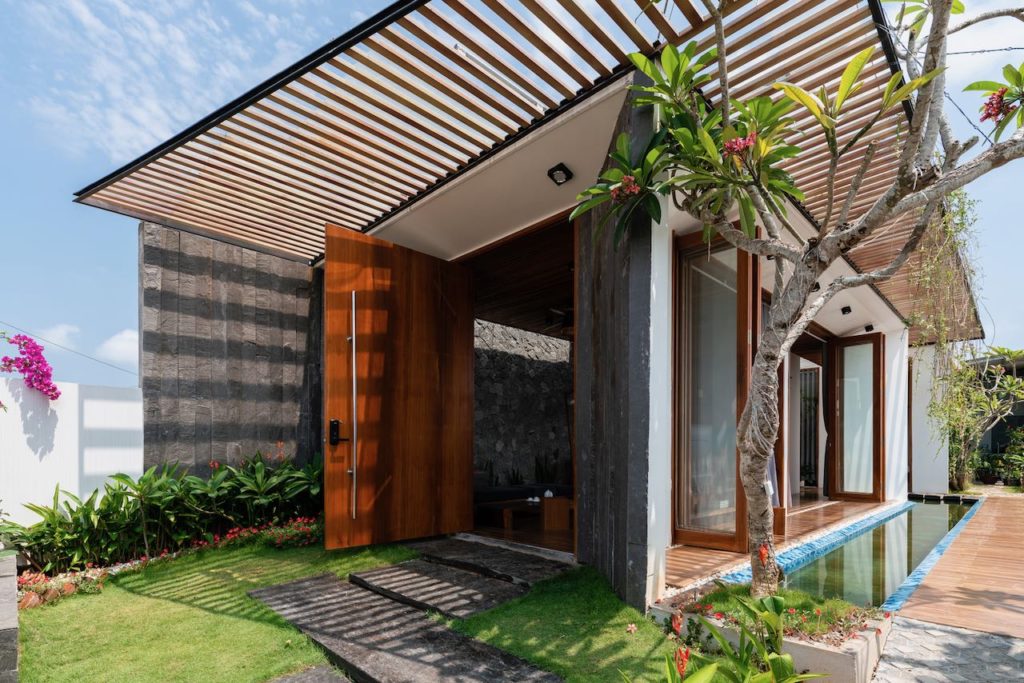
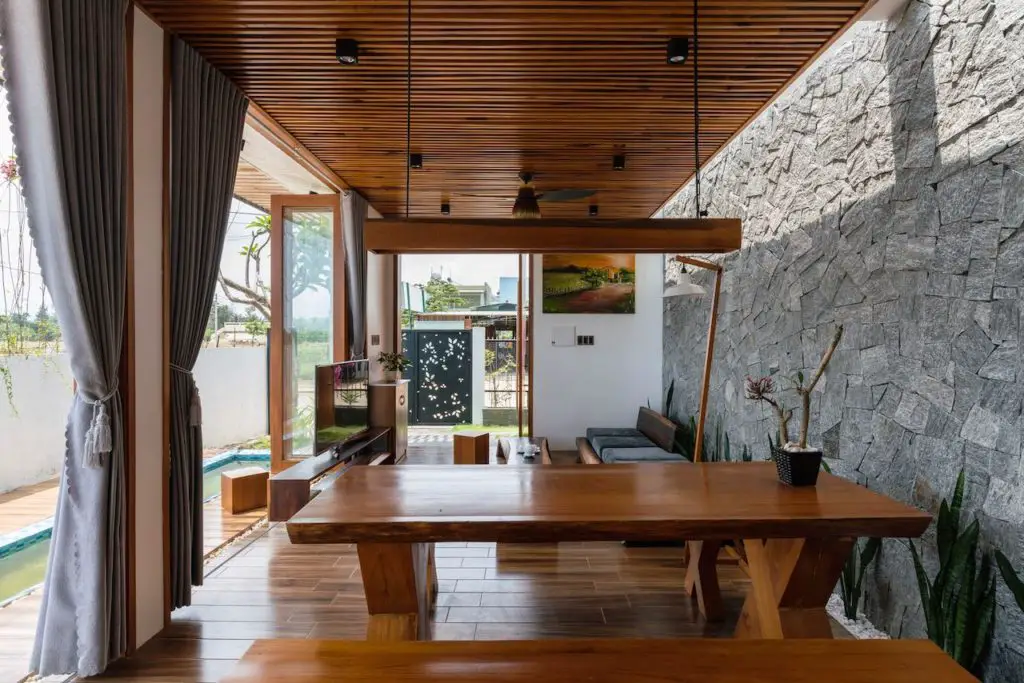
The Water House features an orthogonal floor plan, 25 meters lengthwise and 7 meters across. At 175 square meters, it provides enough space to explore and brainstorm design ideas for the small family of four – a couple and their two sons.
Eager for a house that would elevate their quality of living, the owners used a rectangular block as a starting point to achieve their dream home.
CIA Design Architects opted to implement a small design gesture by breaking the block into two cubes with a buffer space in between. The two cubes connected inside and outside while the space in between featured a porch and a skylight at the center of the house.
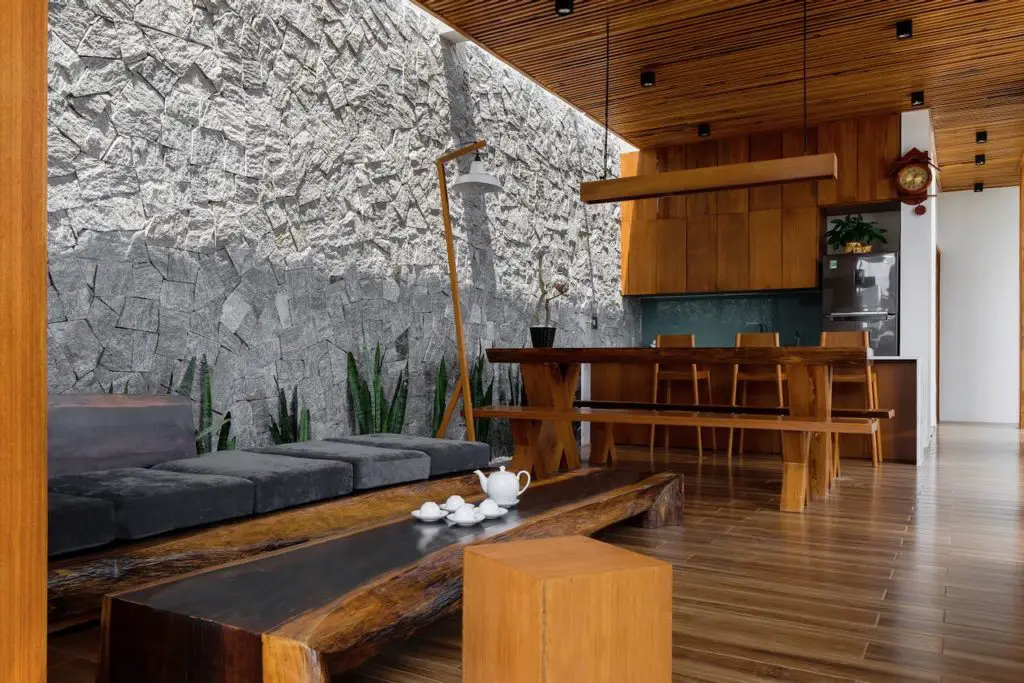
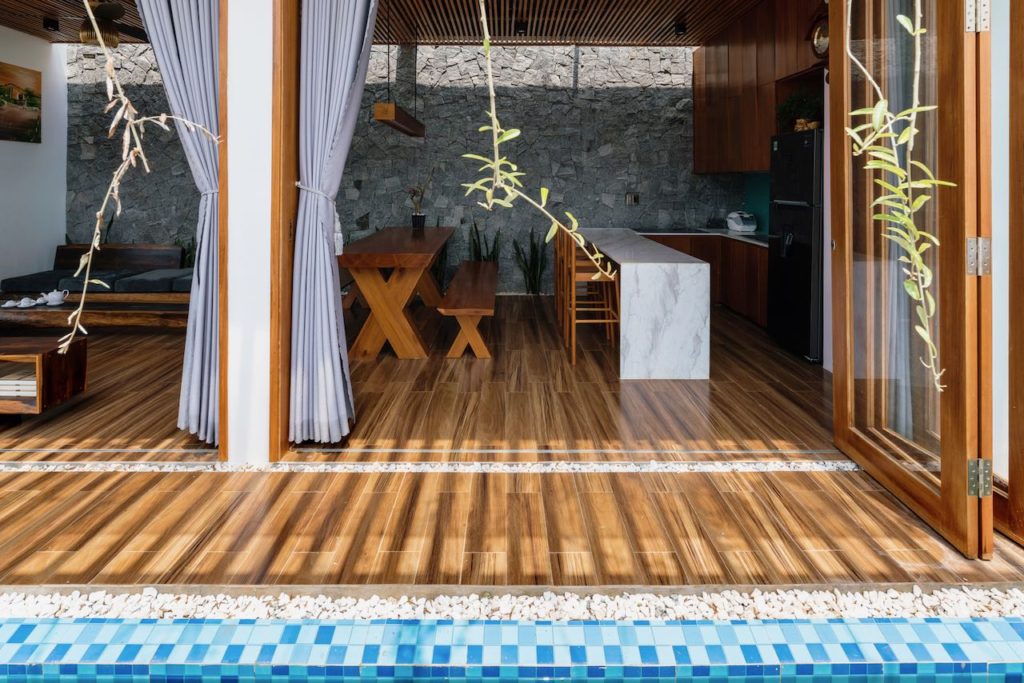
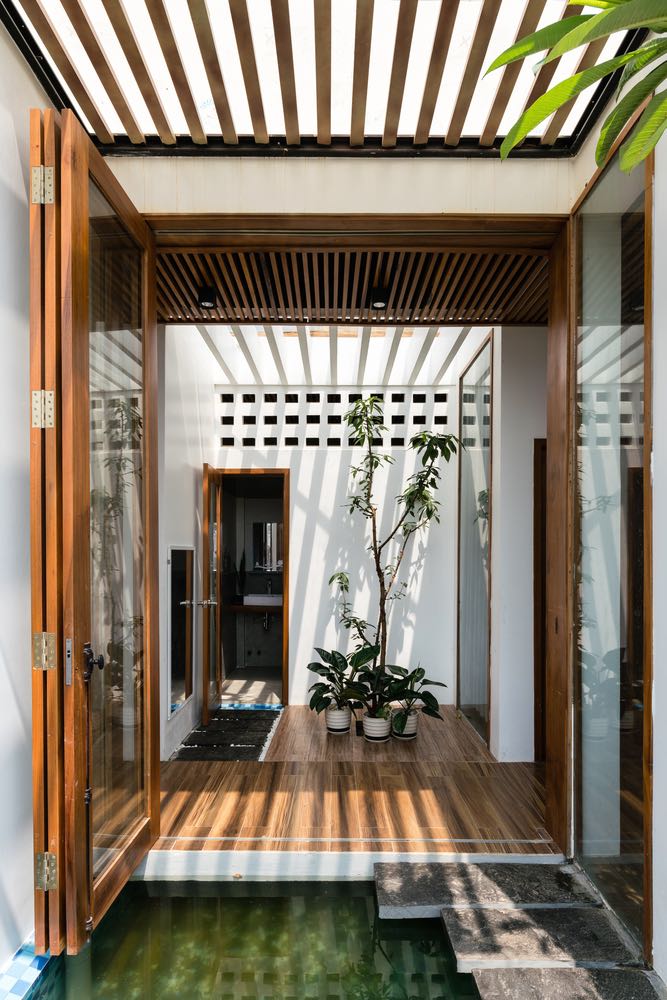
With three bedrooms and two bathrooms, the Water House offers room to grow for the client family which currently has two sons.
The main space encompasses the dining area and the living room, with a small space for quiet time and relaxing. In describing their design approach, CIA Design Studio explains they placed the void at the center of the house in order to balance nature.
They elaborate that in this space, nature appears “with its elements such as trees, natural light, the wind, and rains.
We scrutinized every detail about climate and the sun’s orbit in order to propose solutions for collecting natural lighting, covering sunlight at the West of the main front of the work, taking cool wind from the river behind.”
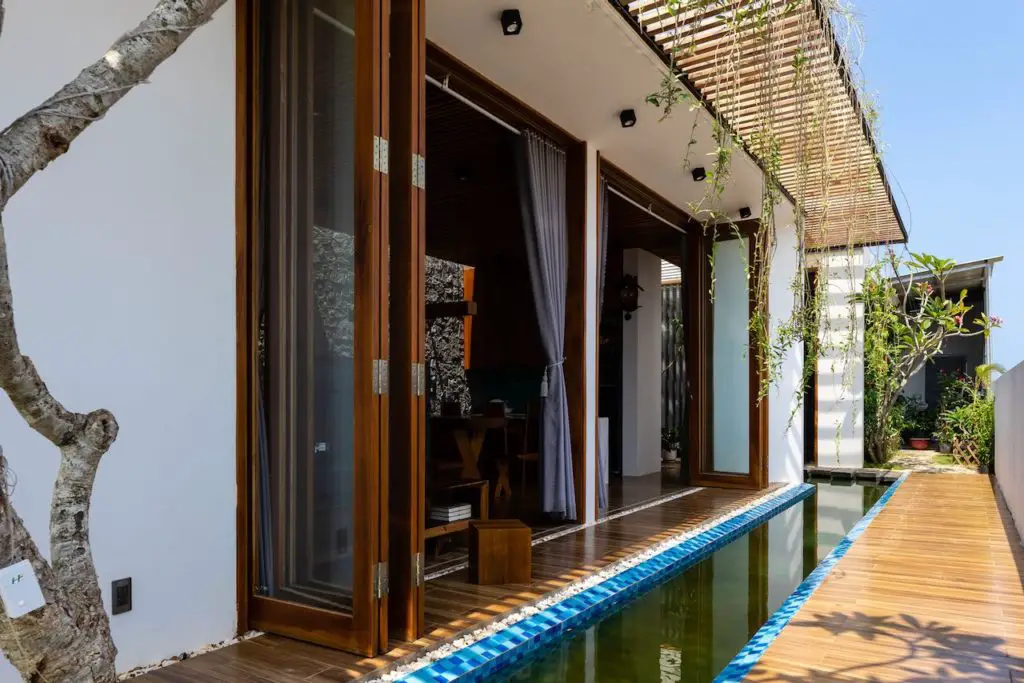
In the interior of the house, the architects opted to use tuber wood that was prevalent locally.
However, instead of using it in the traditional sense, they reimagined ways to maximize the use of the wood wherein all the furniture, from the tables to the bed to the sofa, were made of natural wood.
The house is covered with panel polycarbonate and vines cascade down the roof to further connect the Water House to nature.
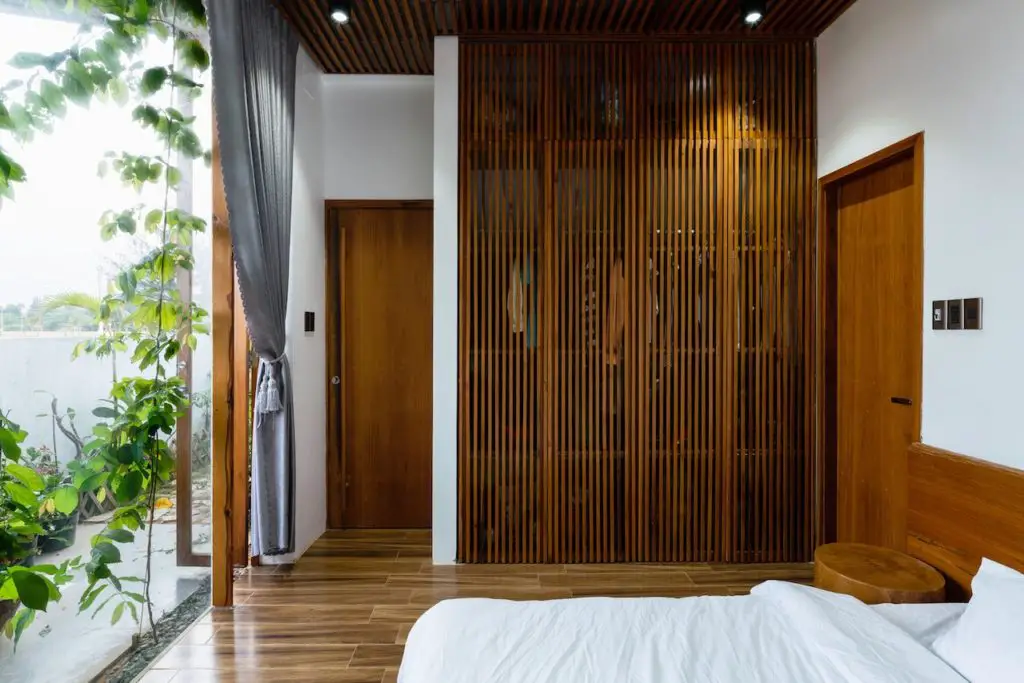
Furthermore, with a lake adjacent to one side of the house, this allows natural cooling to occur within the house as direct sunlight is avoided.
Lastly, sliding wooden panels allow for flexibility in the interior spaces and an intentional framing of outside views. With these imaginative and creative use of space and materials, CIA Design Studio succeeds in giving their clients work that is worth their investment.
